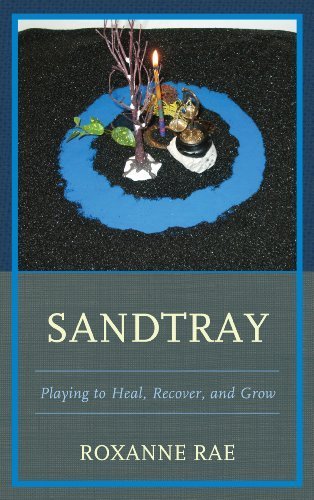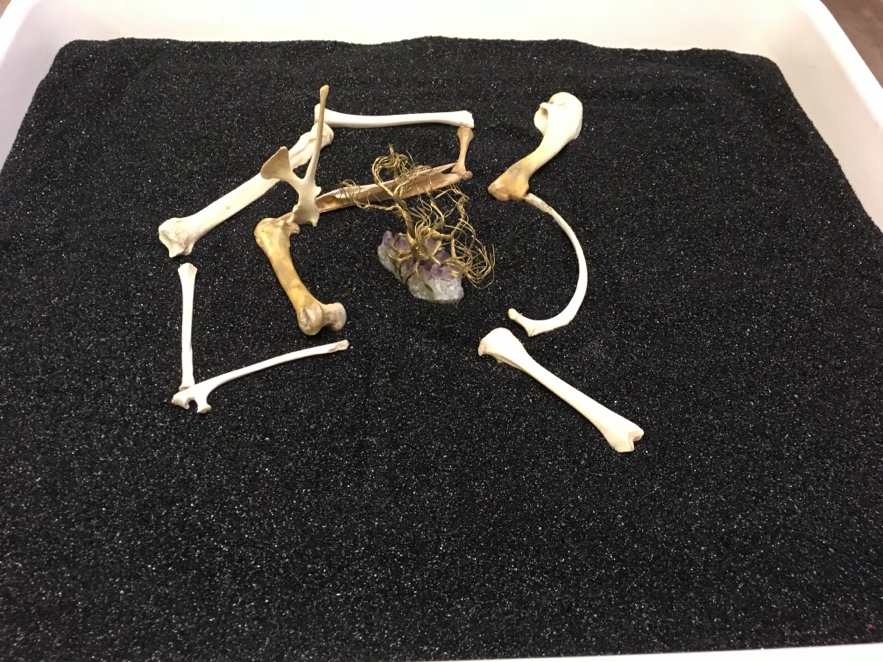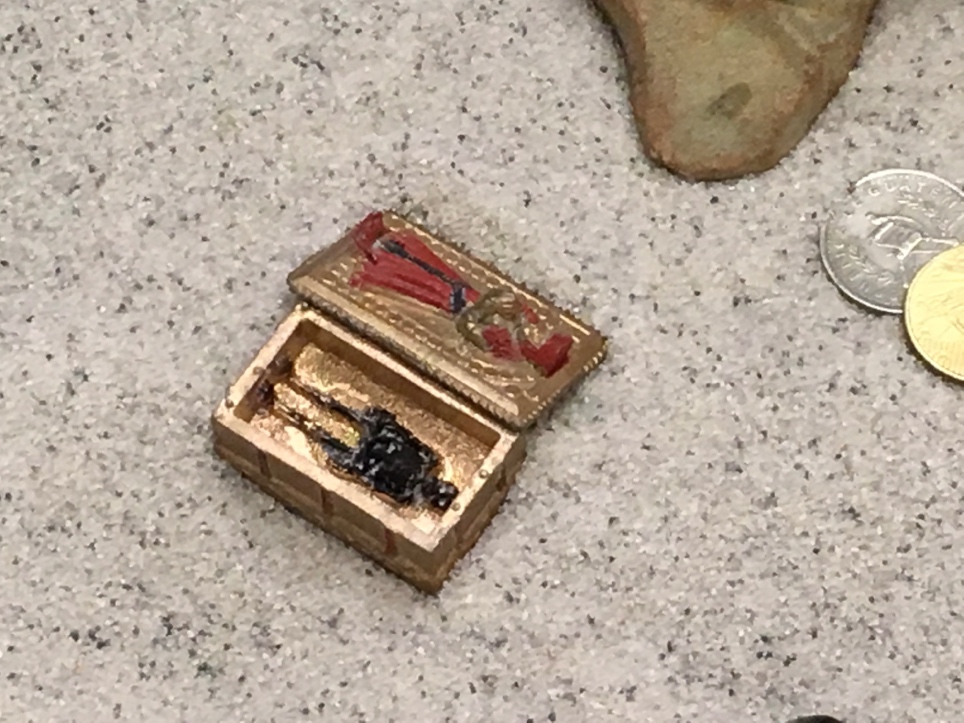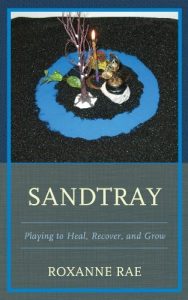Sandtray: Playing to Heal, Recover, and Grow by Roxanne Rae
Sandtray refers to psychotherapies that use sand, water, and miniatures. In this versatile and multisensory process, clients create a three-dimensional “world” in a tray of sand. In doing so, a person can uncover and access the image or implicit thinking portion of his or her mind that lies out of the reach of everyday consciousness. In such a play encounter, individuals can discover deeply held beliefs and/or resources. The right hemisphere of the brain is where implicit images reside and is the primary recorder of traumatic events.
The stories in this book demonstrate that Sandtray provides a means to access this right-brain function for accomplishing successful trauma treatment. Theories of play-research pioneer Margaret Lowenfeld and concepts from the field of interpersonal neurobiology are illustrated by stories of real people—from three-year-old Jada to eighty-three-year-old Mary. Instructive techniques are provided for both verbal and nonverbal interventions. The author presents a framework of Sandtray “aspects” to view play and Sandtray session interactions. In this reader-friendly, story-driven book, the student or novice therapist will find information to initiate the use of Sandtray methods, while the experienced psychotherapist will be able to integrate and apply these techniques with ease. Sandtray: Playing to Heal, Recover, and Grow invites mental health professionals to read this book to improve the integration of physical, intellectual, and emotional experiences of their clients. The Sandtray approach promotes a more coherent sense of self and greater mindfulness in daily life.
Accolades:
Informed by Lowenfeld’s methodology and current research in attachment, Rae presents a lyrical, yet practical, tapestry of the Sandtray process. She weaves in vivid clinical examples from her work in this area over several years to provide the reader with a sumptuous overview of the healing power of sand and symbol in all its multi-sensory glory. I highly recommend this book, especially for practitioners wanting to integrate Sandtray into their work with children.
Rae is a licensed clinical social worker with extensive experience in studying and teaching sandtray therapy. Sandtray therapy is conducted using sand, water, miniatures, figurines, and various objects to create a world. The client is the “creator,” while the therapist is the “witness.” Drawing largely from Margaret Lowenfeld’s work, the author covers the theoretical basis of sandtray and provides advice on technique. Segments from actual clinical case studies abound, with clients ranging from children to the elderly. Rae’s well-written book emphasizes the nonjudgmental, harmonious, and accepting nature of sandtray therapy. The techniques can be used in diverse theoretical frameworks and will be of interest to therapists who want to integrate expressive exercises into their work. The book would be an excellent addition to a collection on expressive therapies (e.g., play, art, and music therapies). Includes extensive appendix materials, references, and index. Summing Up: Recommended. Upper-division undergraduate, graduate, research, and professional collections.
Sandtray: Playing to Heal, Recover, and Grow is clearly a work of love and caring. The careful use of case examples integrated with every aspect of the book helps the reader to more thoroughly understand and use the concepts. The examples range from the trays of young children to those of seniors; from the tray of a 3-year-old to that of an 83-year-old. Rae spends considerable time on the development of skills of a Sandtray therapist, emphasizing the role of witness. This book is clearly written and explains the author’s approach to Sandtray therapy. . . . I think this is a useful book for therapists of all levels of experience with Sandtray.
This text wonderfully describes the healing process of children and adults who, through sandtray therapy, make meaning of challenging personal experiences and assimilate these experiences into conscious everyday reality. I recommend this book to both novice and experienced therapists. It is full of wonderful case examples which illustrate the principles of this dynamic, relational based practice for use with both children and adults. A very accessible and interesting book!







